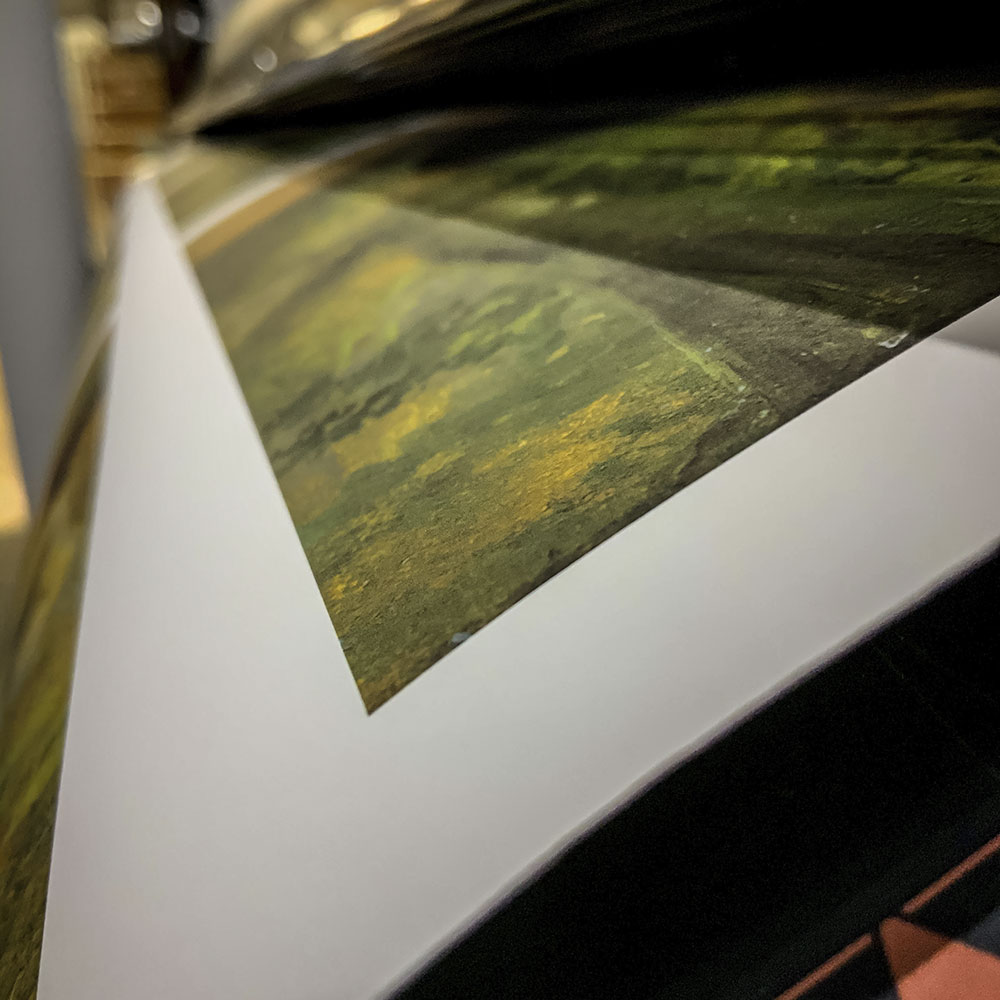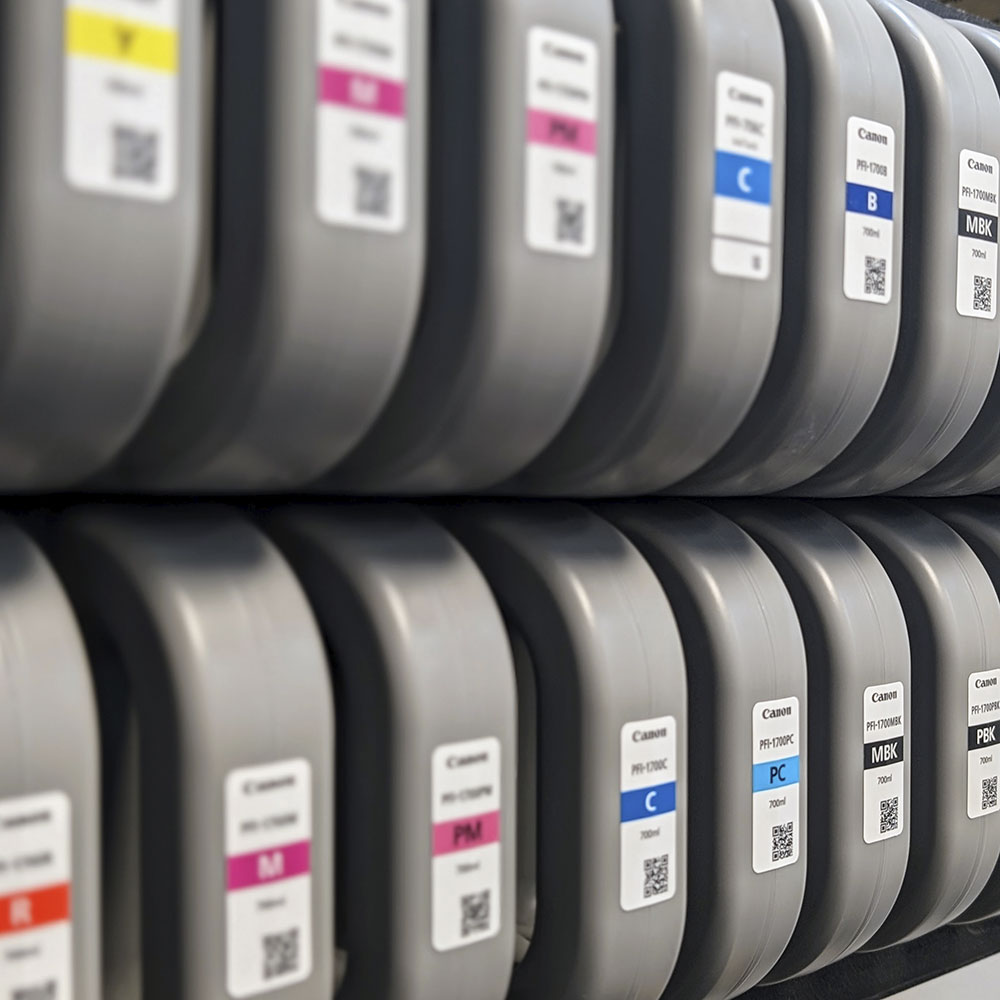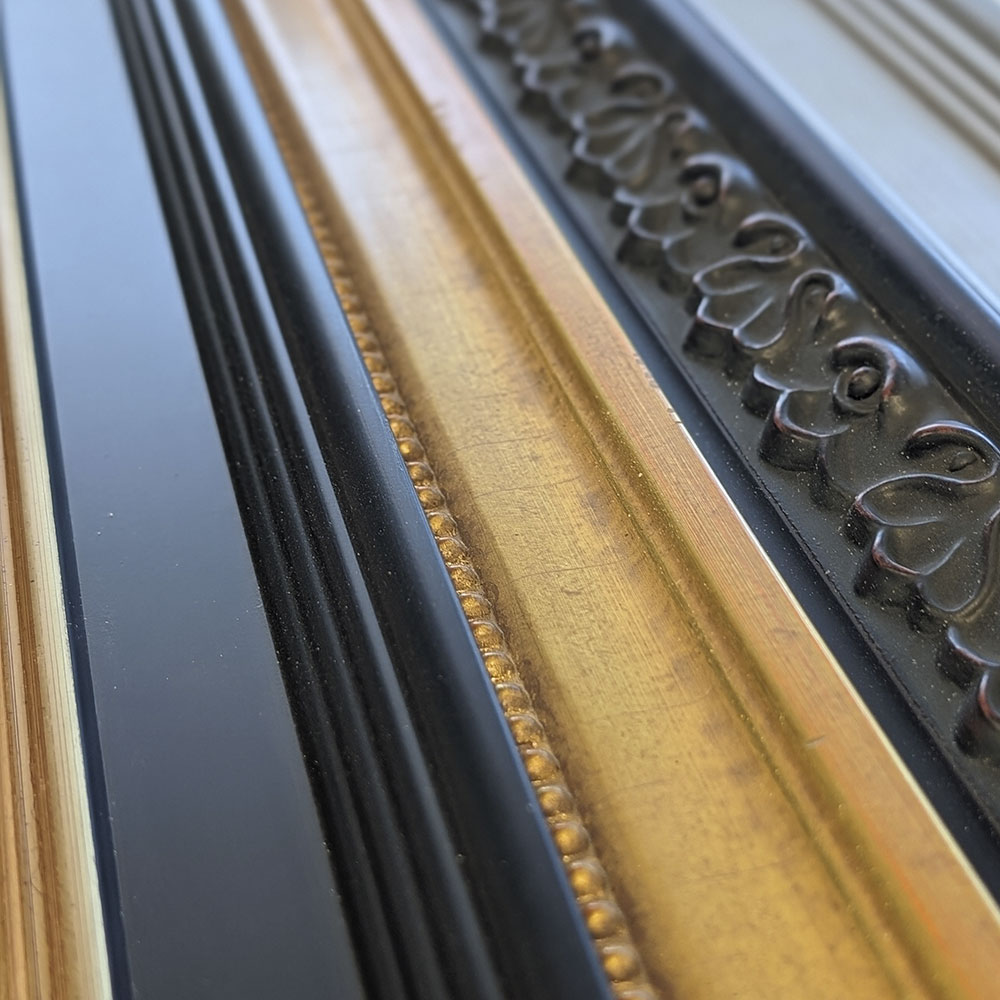Richard Clague (French-American, 1821-1873), Back of Algiers, circa 1870-1873. Oil on canvas. New Orleans Museum of Art, Gift of Eugenia Uhlhorn Harrod in memory of her husband, Major Benjamin Morgan Harrod.
Creating a new form of composition suited to the low, undulating waterways of New Orleans' backwaters, Clague rarely depicted the dark, mysterious swamp that many associate with Louisiana landscape painting, nor the clearly defined Mississippi River. He was drawn instead to sites in a constant state of flux between wet and dry, often depicting Algiers, a poor area across the river from the city, where he eventually settled in 1873. While Algiers Point, on the bend of the Mississippi, offered high ground, the further one got from the river the lower the land sank. We see this low lying, inundated ground in Clague’s Back of Algiers, a painting in which muddy ground coalesces into a dark puddle in the foreground, with blurred edges that suggest a landscape in constant flux.


